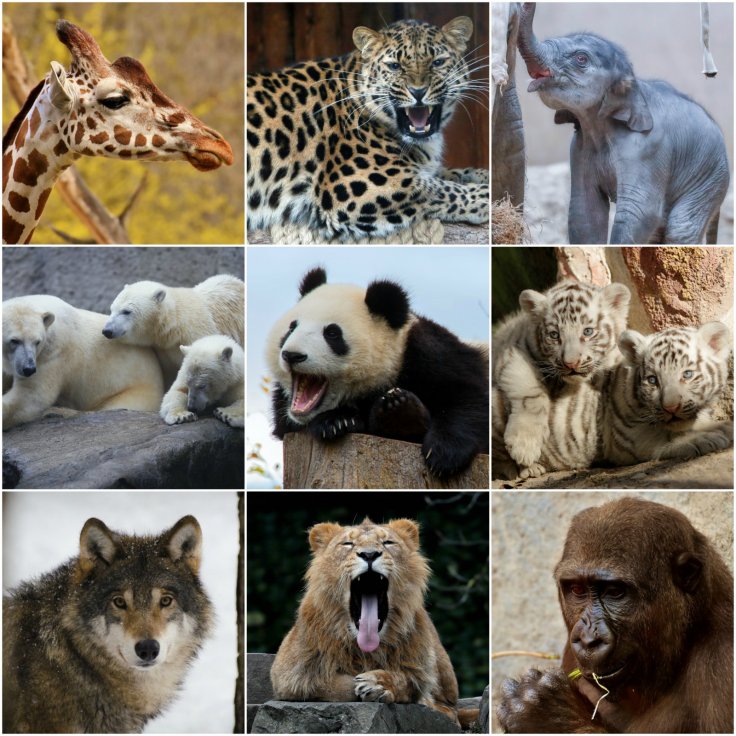
Even though many animal activists are struggling to protect several endangered species, new research by French National Research Institute shows that the most popular and charismatic animals on the earth are facing life and death issue ahead of fast-paced extinction as a species.
The research was published on Thursday, April 13, in PLOS Biology. It stated that tigers, lions, leopards, elephants, giraffes, pandas, polar bears, wolves, cheetahs and gorillas are considered the most charismatic or the "charismatic megafauna", which means the animals which people notice much and care about more than they do for other animals.
The researchers of this study have collected 5,422 survey responses from participants in France, Spain and England about what they spot as the most favourite animals among others.
The lead author of the study and an ecologist at the French National Research Institute, Franck Courchamp told Newsweek that as per his observation people like large animals such as bear and pandas but "on the other hand there is kind of a fascination with the dangerous animals."
Among the mentioned animals, nine are already known as the endangered or vulnerable species. The grey wolf is still endangered or extinct in many of its former regions. Other animals such as tigers today have made up less than seven percent of its historic population, lions less than eight and the elephants less than 10 percent.
Courchamp said, "When you see lions every single day of your life on the internet, on TV, on commercial, on treats, on the T-shirt of your neighbour, you tend to think that lions are much more happenstance than they are in reality. This is a biased perception based on what you see every day."
The study mentioned that the perception may lead the public toward a wrong idea that these 'commonplace' animals would not need a protection. This often results in a situation where the available donations or animal safety policies do not reach to them.
But Chris Palmer, director of the Center for Environmental Filmmaking at American University in Washington, D.C. said, "I think I would have liked it more had the authors separated some of the things out a little bit. I see plush toys of giraffe and a panda bear and, say, a lion logo as really very, very different from the field that I work in, which is wildlife documentaries. I think people tune into a wildlife documentary because they want to learn about these things."
The study also showed other reasons behind the extinction of such wild animals. It claimed that people like large mammals and these animals require large ranges to live and sometimes they become a part of a conflict that includes humans living near them.
As the human population is increasing phenomenally, the wild predators have become more connected with the human world. In addition, the research suggested that one of the major reason behind the declining population of such species is hunting and poaching by humans.
The Center for Ecology and Conservation at the University of Exeter has recently revealed that the phenomena of sexual dimorphism, where opposite sexes of the same species begin to develop different characteristics apart from their sexual organs, such changes would not make them attractive to their mates that could increase the risk of an animal's extinction.
The study said that sometimes the overdeveloped sexual traits, such as triceratops' frills and horn, make the animal a bigger target for predators.
The researchers mentioned that the evolutionary costs of such changes help to enforce the honesty of the associated displays, but can also reduce "the fitness of populations in general and thereby increase the risk of [the] population."
The findings were published after examining ancient ostracods, especially a type of shrimp, which lived on this planet about 84 million years ago. The researchers also studied 93 species and found a conclusion that the male developed extremely distinct characteristics, which pressurize them to overspecialize but they have kept bleeding for their inability to deal with the environment.
As per the researchers, they have shown that "species with more pronounced sexual dimorphism, indicating the highest levels of male investment in reproduction, had estimated extinction rates that were 10 times higher than those of the species with the lowest investment. These results indicate that sexual selection can be a substantial risk factor for extinction."









